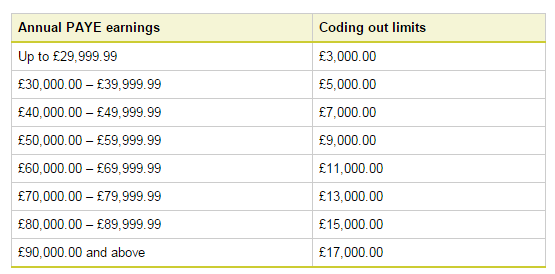Businesses often wonder if their online marketing is successful. Here are a few metrics which may help your business measure online marketing success.
This is the ultimate sign of a successful marketing campaign. While driving traffic to your site, gaining relevant social media followers and building your base of inbound leads are all steps in the right direction, the main goal is to grow your firm. When you see an increase in new business and revenue from leads which originated online, it’s a safe bet that your online marketing is successful. However, if you aren’t gaining new business opportunities as a result of your marketing efforts, it might be time to re-evaluate. For instance, if you notice an increase in the amount of traffic to your website, but not a higher number of inbound leads, it might be time for a website redesign. Why? Bounced traffic is an indicator that your homepage lacks clarity and/or engaging conversions. Or, if your content is frequently being read and downloaded, but your prospects aren’t taking the next step, you might want to re-evaluate your calls-to-action.
Before beginning a new marketing campaign, take a moment to track your existing number of followers across each of the social media platforms currently employed. With this knowledge, you will be able to assess the degree to which your latest marketing efforts have increased the firm’s visibility. It is also helpful to know the average number of shares your content generates, as this will tell you which types of content generate the most interest.
A primary goal of online marketing is to drive traffic to your website. It is therefore essential to know what your traffic numbers are prior to any campaign. If your website begins to see more traffic after the initiation of a campaign, this is a good indicator that your marketing efforts are working. Monitor the sources of your inbound traffic to identify the sites or pieces of content that are bringing in the most traffic, and use this information to plan future campaigns.
Subscribe to our Newsletter to know more Business Building Tips & Ideas every month!
020 89310165 | 07900537459 | info@apjaccountancy.com
Follow us on Social Media at:



1. New Business and Increased Revenue
This is the ultimate sign of a successful marketing campaign. While driving traffic to your site, gaining relevant social media followers and building your base of inbound leads are all steps in the right direction, the main goal is to grow your firm. When you see an increase in new business and revenue from leads which originated online, it’s a safe bet that your online marketing is successful. However, if you aren’t gaining new business opportunities as a result of your marketing efforts, it might be time to re-evaluate. For instance, if you notice an increase in the amount of traffic to your website, but not a higher number of inbound leads, it might be time for a website redesign. Why? Bounced traffic is an indicator that your homepage lacks clarity and/or engaging conversions. Or, if your content is frequently being read and downloaded, but your prospects aren’t taking the next step, you might want to re-evaluate your calls-to-action.
2. Followers and Shares
Before beginning a new marketing campaign, take a moment to track your existing number of followers across each of the social media platforms currently employed. With this knowledge, you will be able to assess the degree to which your latest marketing efforts have increased the firm’s visibility. It is also helpful to know the average number of shares your content generates, as this will tell you which types of content generate the most interest.
3. Website Traffic
A primary goal of online marketing is to drive traffic to your website. It is therefore essential to know what your traffic numbers are prior to any campaign. If your website begins to see more traffic after the initiation of a campaign, this is a good indicator that your marketing efforts are working. Monitor the sources of your inbound traffic to identify the sites or pieces of content that are bringing in the most traffic, and use this information to plan future campaigns.
4. Inbound Leads
The actions your prospects take in reaction to your marketing efforts are one of the best ways to measure your success. When more people reach out to your firm for consultations or fill out contact forms, it’s a sign of a successful campaign. If your list of prospects and influencers is growing, your marketing is doing its job. All of your online activity—from the content you produce, to your social media interactions—should work towards driving more prospects and influencers to reach out to your firm and show interest in your services. Your prospects might show interest by simply sharing their contact information or signing up for a webinar, or they might ask for an appointment to see one of your sales people.020 89310165 | 07900537459 | info@apjaccountancy.com
Follow us on Social Media at:





















